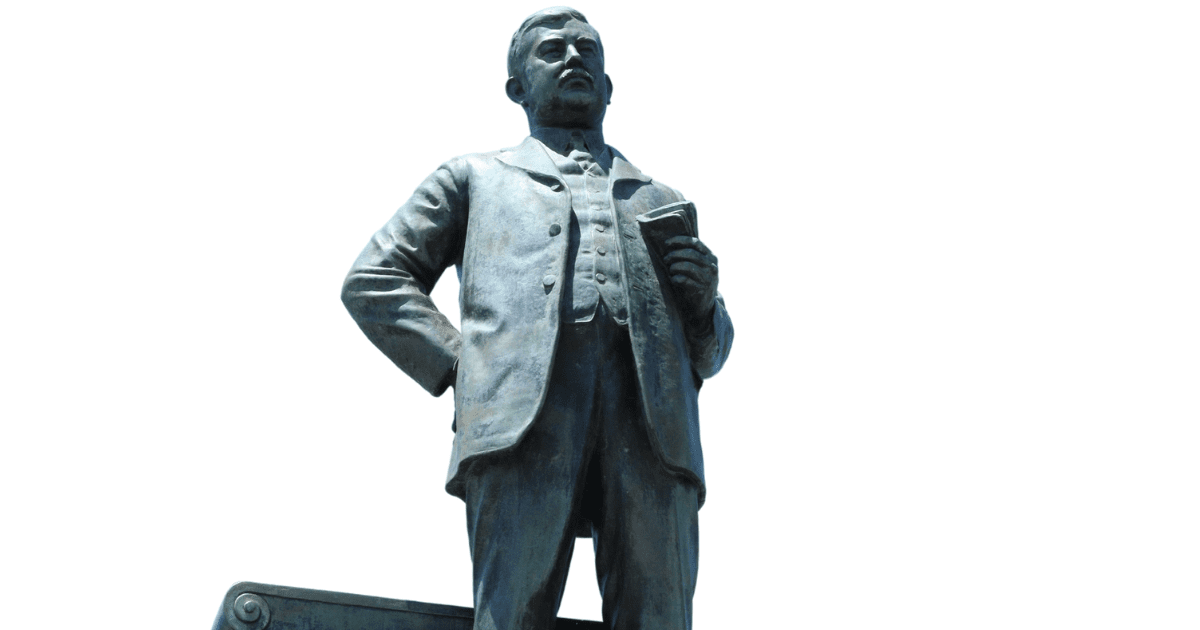Tullahassee Creek Indian Cemetery
Sand Springs is rich with history, from its people to its buildings. Sand Springs was originally settled by a band of Cherokee people with the earliest trace back to 1826. Not long after, due to treaties with the Creek people, the Cherokee transferred the land over the Creek. After the Civil War, white people began to buy property from the Creek people who resided on the land. Eventually, the Creek left the area leaving the only remaining sign of settlement in a small cemetery known as Tullahassee Creek Indian Cemetery. The first burial in the cemetery was in 1883 and the latest in 1912. This cemetery is now a part of the abundant history Sand Springs has to offer. Tullahassee Creek Indian Cemetery is now located in the middle of town at the Keystone Plaza parking lot. This information about the cemetery is provided, in context, by the Sand Springs Cultural and Historical Museum. To read more about the history behind the cemetery, visit http://sandspringsok.org/178/Sand-Springs-Museum and view their online history tour.
Sand Springs Cultural and Historical Museum
Another historical landmark in Sand Springs is what is now known as the Sand Springs Cultural and Historical Museum. The building was originally built to honor Charles Page and his wife, Lucile, and was named the Page Memorial Library in 1930. After Charles passed away in 1926 Lucile began work on the library in memoriam of him. She provided the $100,000 cost for construction, planned the landscaping and sprinkling system, and gave books to be placed in the library. Her request was that the window, now known as Page Memorial Window, would never be blocked in any way so that light could always shine on Charles Page. The building was listed on the National Register of Historical Places in 1999, making it a place to see for both the locals of Sand Springs and visitors to the area. With a statue of Charles Page out front, the building honors both Charles and Lucile’s legacy. Permanent Exhibits that reside in the museum are Charles Page Children’s Home and Widows’ Colony, Early Industry, Traveling Exhibits, and an Art Gallery. The library also contains a research facility for anyone who is interested in finding out more information about the town. Dianna Phillips, museum coordinator, believes that the museum serves as a fundamental aspect to the town.
“We have artifacts from history in Sand Springs, refineraries from the Sand Springs Home, and a research facility that contains past newspapers and a yearbook that dates back to 1918. I think this is one of the coolest parts of the museum, it is history on paper.”
The museum encourages Sand Springs residents to join the association. To join visit http://sandspringsok.org/178/Sand-Springs-Museum and fill out and mail the membership form along with dues to the museum. Dues can also be paid online by visiting the website above. By joining, members will receive newsletters of upcoming events and exhibits and have the opportunity to support the museum through donations or volunteering.
The traveling exhibit in July will be “Community Quilt Display,” and in September it will be “Cloth as Community: Hmong Textiles in America.” The museum is open Tuesday through Friday from 1 to 5 p.m. and Saturday from 10 a.m. to 2 p.m. with free admission. For more information on the museum, call 918-246-2509 or visit at 9 E Broadway St.
To read more about the history in our town visit our website www.wearesandsprings.com.




